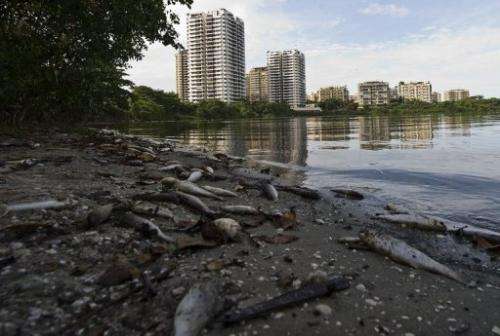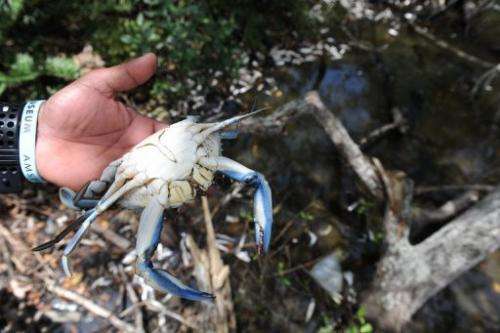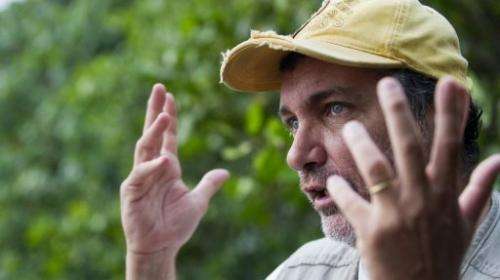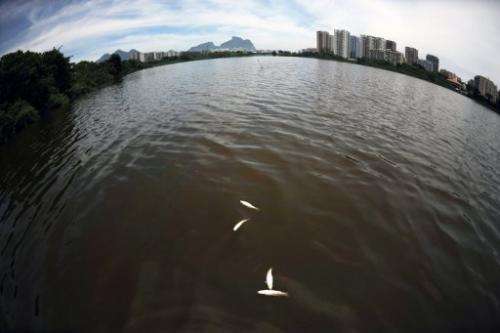Hope for polluted lagoon near Rio Olympic village?

Near Rio's future 2016 Olympic village the Marapendi lagoon emits a foul stench from waters that have been turned into a cesspool by unfiltered sewage from surrounding upscale condominiums.
Brazil has pledged the athletes will see a much different sight when they descend on the country for the Summer Games in four years.
The government pledged to clean-up the decades of pollution in its bid to host the Olympics, in a two-year project estimated to cost $300 million and slated to start early next year.
The municipality has also vowed to build four sewage treatment stations in local rivers at a cost of $68 million.
But it will be an uphill battle.
Waste from area lagoons could fill Rio's iconic Maracana stadium seven times over, according to experts.

"The sewage dumped into the lagoon comes from the residences of the wealthy who do not provide proper treatment," fumed biologist Mario Moscatelli during a dawn tour of the area.
Until five years ago, untreated sewage was dumped directly into the water system.
A treatment network has since been implemented and been made mandatory, but today the water utility network still only covers 60 percent of area homes.
"Some object because it requires costly work," conceded Marlene Ramos, president of the Rio de Janeiro Environment Institute.
Today, dead fish can be seen floating in the fetid waters.

— "The lagoon is my lifeline" —
In early December, four tons of fish died in the lagoon because of the pollution and the heatwave that has brought 40 degrees Celsius (104 Fahrenheit) temperatures to the Southern Hemisphere this summer, Moscatelli explained.
The lagoon has also shrunk considerably. In some areas, the waters measure only a few centimeters deep, where it used to have 12-meter (40-foot) depth.
Waste sedimentation impedes navigation, and, in addition to killing fish, the lack of oxygen threatens other species such as herons, ducks, cabybaras and caimans who flee pollution.
And wildlife aren't the only ones to suffer from the lagoon's ruin.
"The lagoon is my lifeline," said Ricardo Herdy, owner of the EcoBalsas company, which shuttles local residents, as well as offers aquatic sports classes as well as educational and ecological tours.
"I cannot develop projects as nobody wants to cruise dirty waters reeking of rotten fish," he complained.
He confessed that he has considered closing down his business.

But local residents remember happier days for this ecosystem in the densely populated western Barra da Tijuca district.
"Up until 1985, I would fish in this lagoon. There were plenty of fish and shrimp. You did not have to go out to sea," said Sergio Borel, who has been fishing in the area for 40 years.
"That changed when they began building these apartment buildings," he said, though he holds on to hope the lagoon can come back.
"I hope that one day I will be able to fish shrimp here again," Borel said.
Biologist Moscatelli hasn't lost faith either.
"There is no question that a solution can be found to depollute the lagoon. Where there's a will, there's a way."
(c) 2012 AFP


















